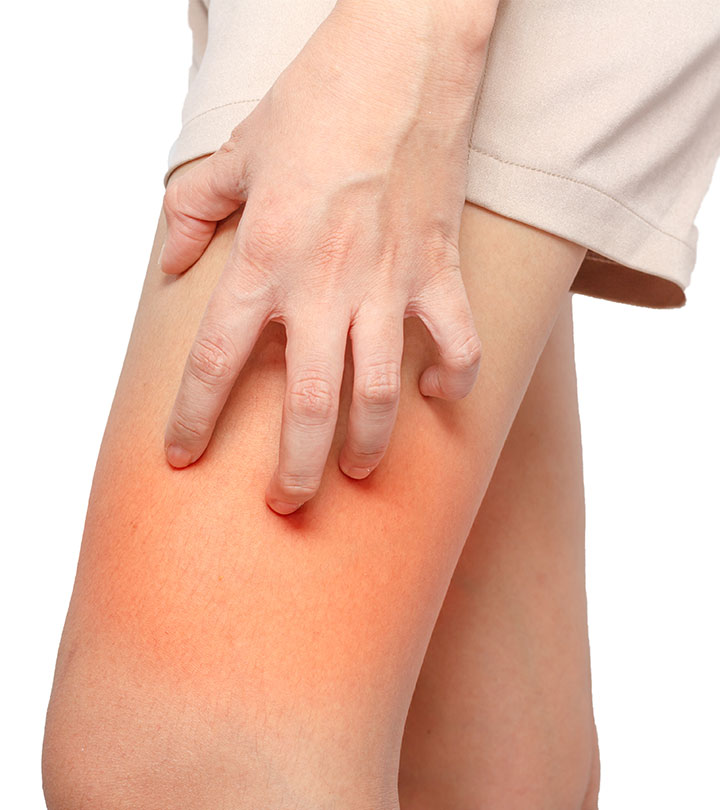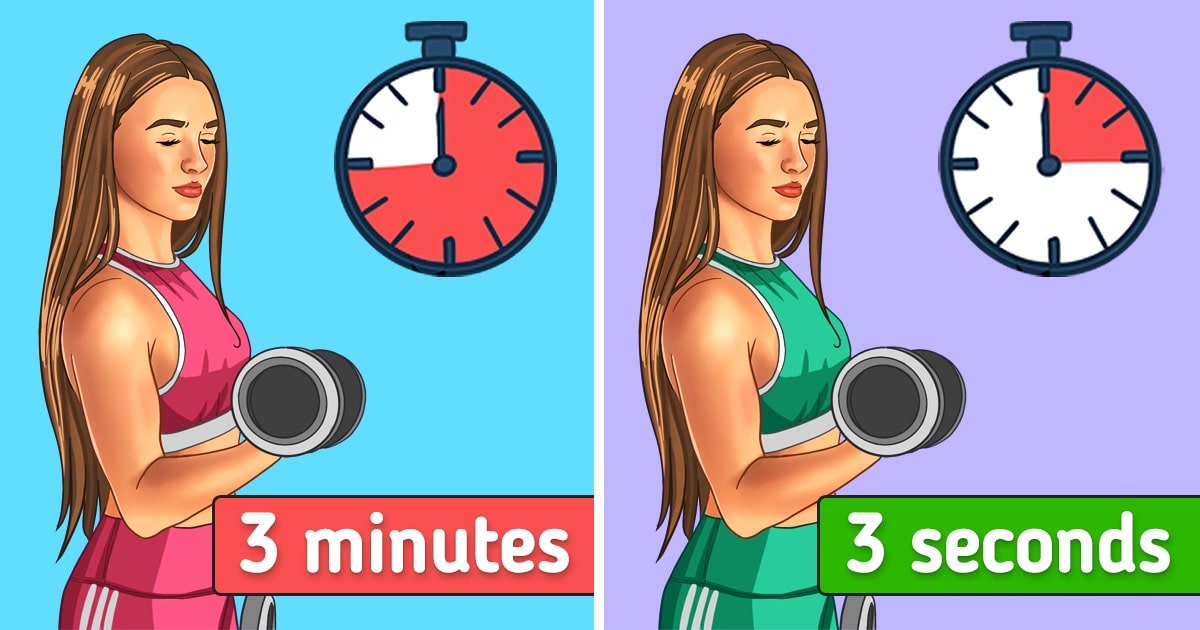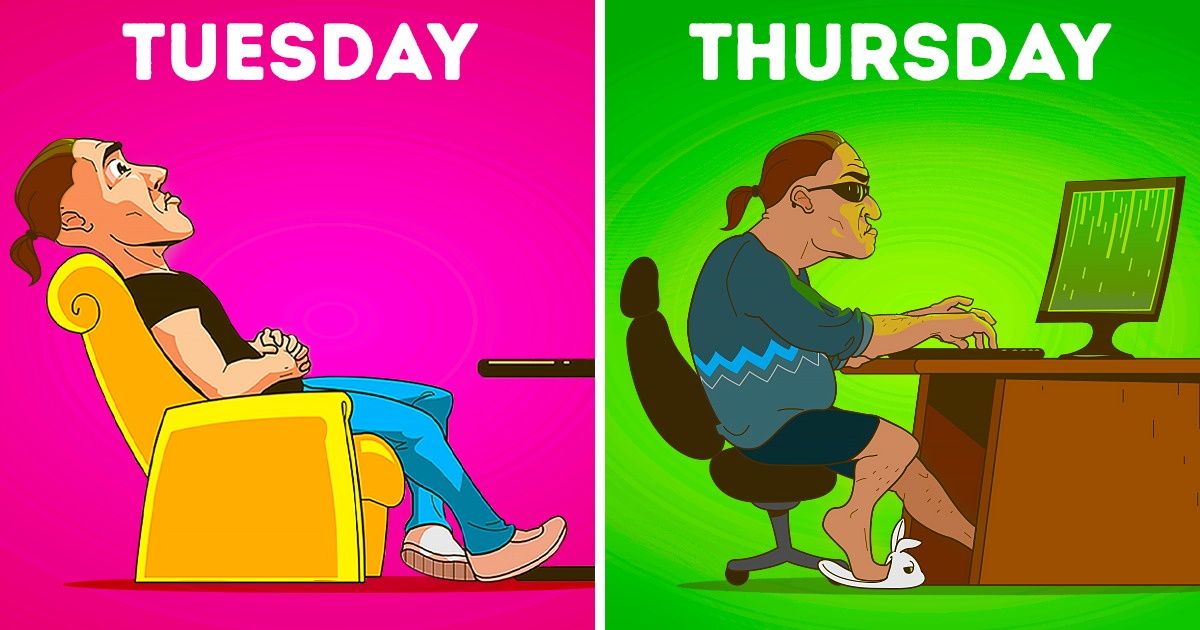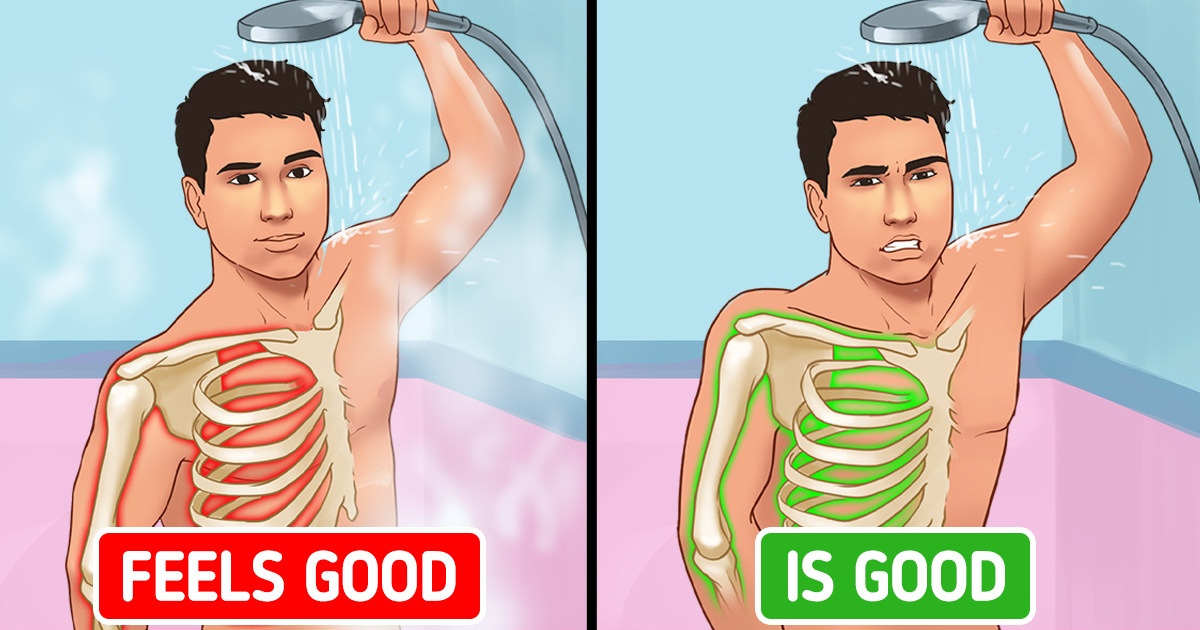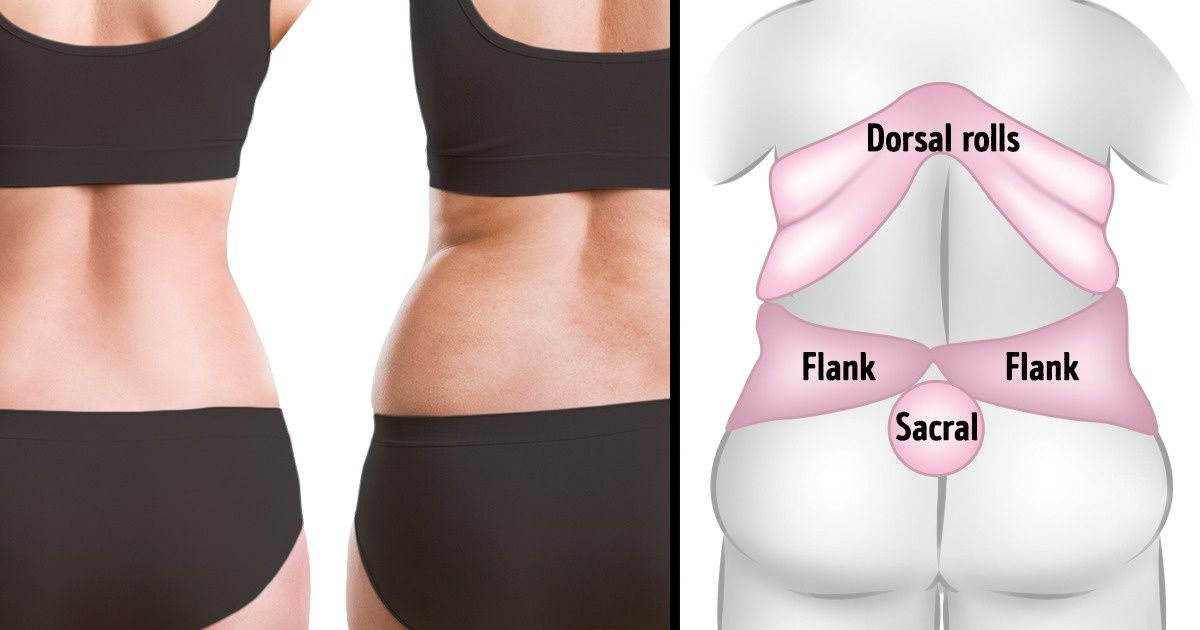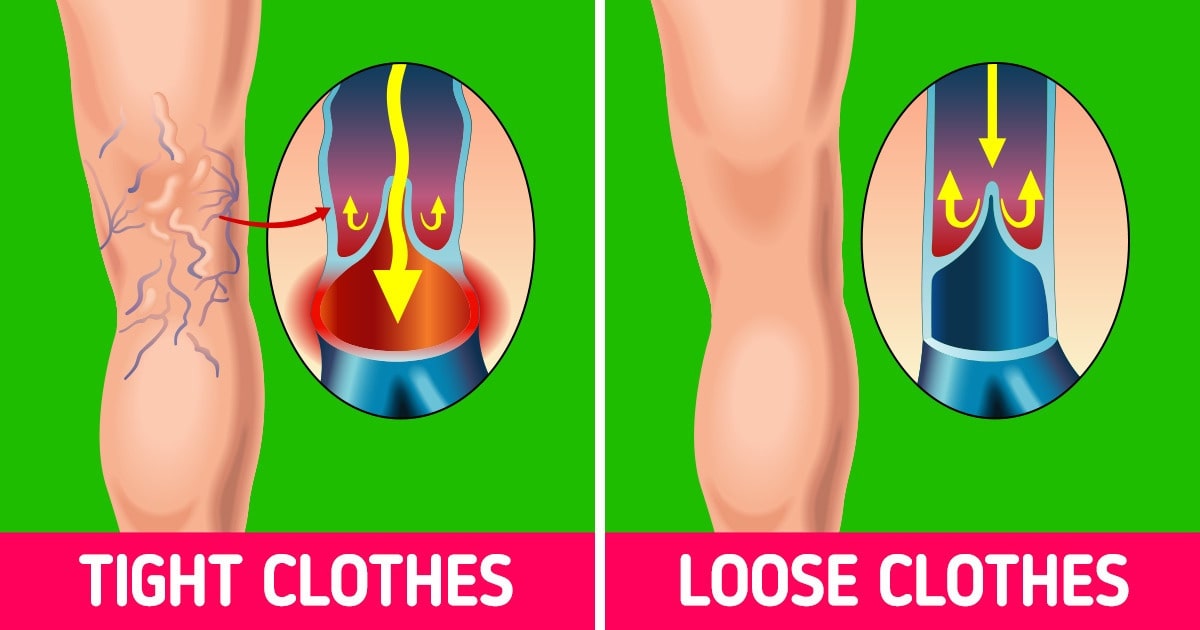Leg symptoms like swelling, pain, or skin changes are often dismissed as minor issues. However, they can sometimes be early warnings of life-threatening conditions. This article explores eight leg health problems linked to serious illnesses, their symptoms, and when to seek medical help.
8. Kidney Problems: Edema and Chronic Kidney Disease

Your kidneys play a vital role in filtering waste and excess fluid. When they malfunction, fluid retention (edema) often appears in the legs, ankles, and feet. Chronic kidney disease (CKD) affects 37 million Americans, with edema being a common early symptom.
What to Watch For:
- Persistent swelling that worsens through the day.
- Puffiness around the eyes or foamy urine (protein leakage).
- Fatigue, nausea, or shortness of breath.
Left untreated, CKD can progress to kidney failure. If you notice unexplained leg swelling alongside fatigue, consult a doctor immediately. Treatments may include dietary changes, dialysis, or medications.
7. Venous Insufficiency: Varicose Veins and Blood Pooling
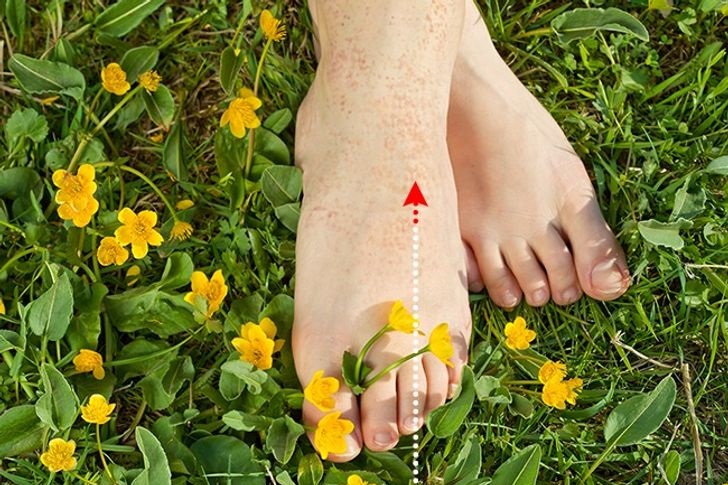
Venous insufficiency occurs when leg veins struggle to return blood to the heart, leading to varicose veins, swelling, or skin ulcers. Over 30% of adults develop this condition, often due to obesity, prolonged standing, or aging.
Symptoms Include:
- Swollen, achy legs worsened by standing.
- Itchy, discolored skin around the ankles.
- Non-healing wounds (venous ulcers).
Compression stockings, lifestyle changes, or minimally invasive procedures like sclerotherapy can improve circulation. Untreated cases risk deep vein thrombosis (DVT).
6. Cardiac Insufficiency: Leg Swelling and Heart Failure
Heart failure causes fluid buildup in the legs (peripheral edema) due to the heart’s inability to pump efficiently. The American Heart Association notes that over 6 million U.S. adults live with heart failure.
Warning Signs:
- Swelling in legs, feet, or abdomen.
- Rapid weight gain (3+ lbs in a day).
- Shortness of breath, especially when lying flat.
Diagnostic tests like echocardiograms or BNP blood tests help confirm heart failure. Treatment often includes diuretics, beta-blockers, and dietary sodium restrictions.
5. Thrombosis: Deep Vein Thrombosis (DVT)

Deep vein thrombosis (DVT) occurs when a blood clot forms in a deep leg vein. If dislodged, it can travel to the lungs, causing a fatal pulmonary embolism. The CDC reports up to 900,000 annual DVT cases in the U.S.
Critical Symptoms:
- Sudden leg pain, warmth, or redness.
- Swelling in one leg only.
- Chest pain or coughing blood (emergency sign).
Immediate treatment with anticoagulants (blood thinners) is crucial. High-risk individuals include those with obesity, recent surgery, or prolonged immobility.
4. Liver Problems: Edema and Cirrhosis
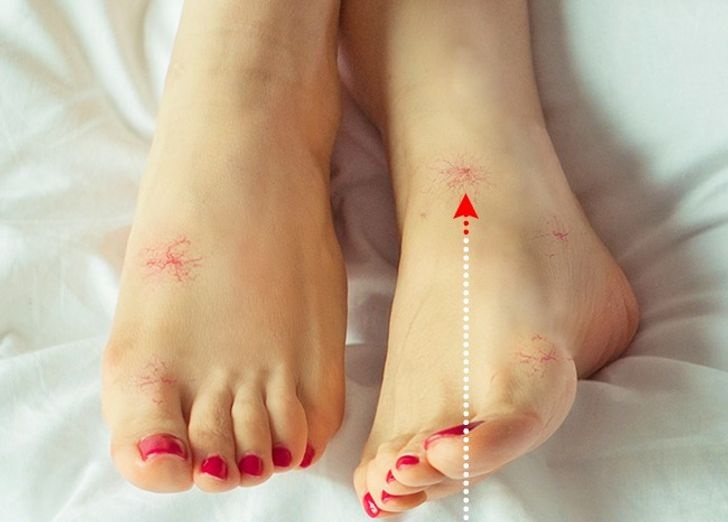
Advanced liver disease reduces albumin production, leading to fluid retention in the legs and abdomen (ascites). Cirrhosis, often linked to alcohol abuse or hepatitis, affects 4.5 million U.S. adults.
Signs to Note:
- Yellowing skin (jaundice).
- Swollen legs and abdomen.
- Confusion or easy bruising.
Management includes diuretics, albumin infusions, or liver transplants in severe cases. Early intervention is key to slowing progression.
3. Atherosclerosis: Peripheral Artery Disease (PAD)
Atherosclerosis narrows arteries, reducing blood flow to the legs (peripheral artery disease). The American Heart Association estimates 8.5 million Americans have PAD.
Common Indicators:
- Cramping in calves during activity (claudication).
- Cold, pale legs.
- Slow-healing sores on feet.
Smoking cessation, statins, and supervised exercise improve outcomes. Severe cases may require angioplasty or bypass surgery.
2. Diabetes: Neuropathy and Poor Circulation
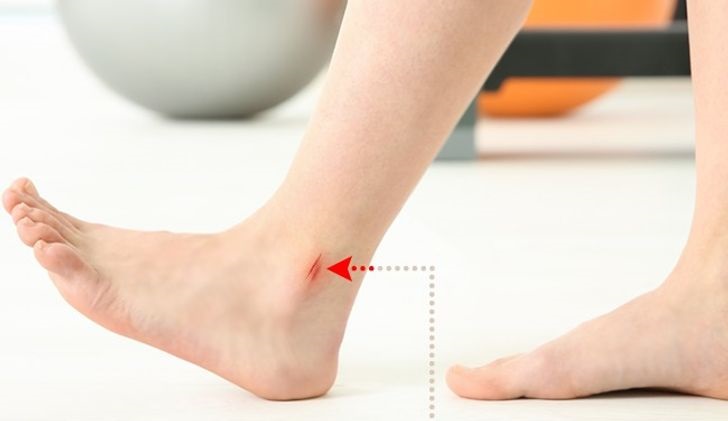
Diabetes damages nerves (neuropathy) and blood vessels, leading to numbness, tingling, or foot ulcers. Over 34 million Americans have diabetes, with 50% developing neuropathy.
Red Flags:
- Burning or shooting leg pain.
- Loss of sensation in feet.
- Infections or ulcers that won’t heal.
Regular foot exams, blood sugar control, and medications like gabapentin can prevent complications like amputations.
1. Pregnancy: Swelling and Preeclampsia

Mild leg swelling is normal in pregnancy, but sudden or severe edema—especially with headaches or vision changes—may signal preeclampsia. This condition affects 5-8% of pregnancies and requires urgent care.
When to Worry:
- Swelling in hands/face, not just legs.
- High blood pressure (140/90+).
- Protein in urine.
Treatment includes blood pressure management and early delivery if severe. Regular prenatal visits are critical for monitoring.
Conclusion: Listen to Your Legs
Leg symptoms often serve as early warnings for systemic diseases. Persistent swelling, pain, or skin changes warrant a medical evaluation. Early diagnosis of conditions like kidney disease, heart failure, or diabetes can prevent irreversible damage.
Always consult a healthcare provider if you experience these symptoms. Your legs might be telling you something your body needs you to hear.
External References:


